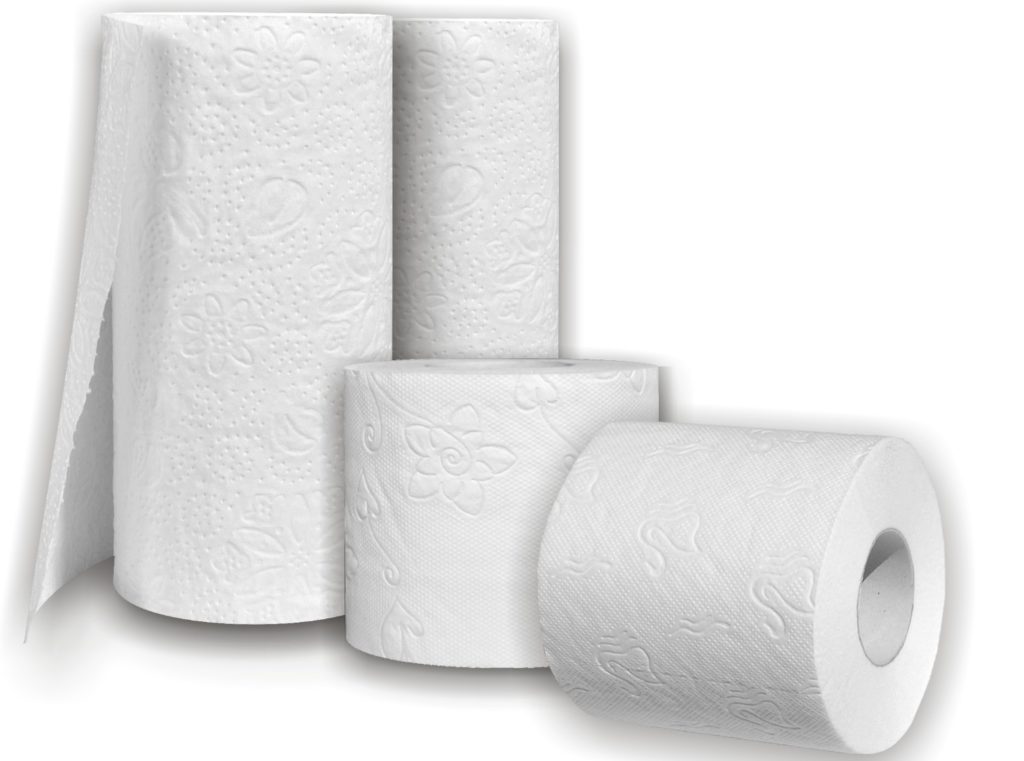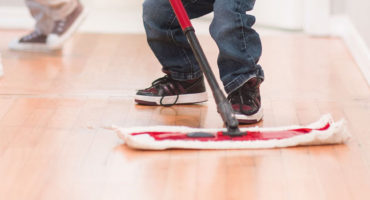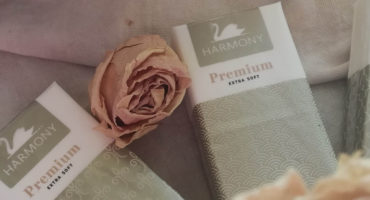How to clean efficiently and get rid of bacteria at home?

Harmonious households can have different definitions for different people. We certainly can agree that it should be neat and clean. How can we clean efficiently so that we do not spend much time with a mop and duster, and at the same time get rid of bacteria?
The secret of a clean house sounds very simple – to clean up continuously and to sort things regularly. Getting rid of things purposefully is even a trend now that has taken place all over the world – it is called decluttering (clutter means disorder or junk). Its principle is to redesign the wardrobe and to donate things that have not been worn for a long time, as well as getting rid of other things that no longer fulfill their purpose. Yes, even those things that are full of memories in the box under your bed, which isn’t in anybody´s way. The less things you have at you house, the easier and faster you can clean it. Areas without useless things make the space neater and cleaner. And from a clean house there is just a step toward a healthy house.
How to clean fast and efficiently?
Efficient cleaning has its own rules – it requires a system and speed. Set 10 to 15 minutes for each room, during which we clean the mess, dust the furniture and window sills, clean the bathroom and kitchen sink and finally vacuum and wash the floors. We should begin in the corner of the room and move clockwise. From the back part of the house to the door. Microfiber cloth is the best for dusting, not a duster, which just scatters the dust about the room. It is said that a cloth should only touch one area once, we do not have to go over the same place and repeat the movements unnecessarily.
What mistakes do we make the most when cleaning?
- We are not going the right direction. Cleaning should start from top to bottom. It is logical, because the dust from shelves and higher spaces falls to the ground. Start with the tops of cabinets and continue with the lower furniture all the way to the floor.
- We don´t apply detergent directly onto the sponge or cloth. This way we spread it in a large amount onto the surface and it can then remain sticky – the dust will settle down on it more quickly.
- We use cloths from old discarded clothing for cleaning. In this case, it is worth investing in materials that do not leave fibers and do not absorb as much detergent.
- We use too much detergent. Many think the more they use, the more bacteria they kill. However, the vapors of some aggressive detergents may irritate our respiratory system or be toxic. The more we use, the more we surround ourselves with harmful chemicals.
- We mix various types of detergents. Some components can react together and endanger our health, such as chlorine bleach with alcohol, ammonia and vinegar. Reduce the number of detergents. The ideal solution is a highly effective all-purpose cleaner from non-toxic and easily biodegradable substances.

We can also use kitchen wipes or toilet paper from recycled paper for cleaning. Recycled paper goes through cleaning processes and is as hygienically clean as the one made of cellulose.
Fighting bacteria
Regular cleaning should be combined with disinfection at least once a week. The greatest risk of transmission of bacteria is in the kitchen, in the bathroom and in the toilet. In the kitchen, salmonellosis can lurk on eggs, E. coli on raw meat or listeriosis in soft cheeses. The damp environment of the bathroom is again a breeding ground for influenza viruses, rhinoviruses and rotaviruses.
In addition to antibacterial wipes and sprays, paper kitchen towels are good aids in these parts of home. They replace classical cloth wipes (which can multiply bacteria), for example, when removing residues from the table or disinfecting the work area after each meal preparation. At the same time, they can be composted so they save nature. If we want to be thorough in destroying bacteria, we mustn´t forget to regularly disinfect door and cabinet handles.
Living with pets. How to keep clean?
There are many studies that confirm that living with a...
Show moreCleaning mirrors can sometimes be a toil
Everyone knows that breaking a mirror brings 7 years of...
Show moreHow to teach your children to clean up?
Keeping a house clean with little children is one of...
Show moreFrom the history of handkerchiefs
Raise your hand those who do not take handkerchiefs for...
Show more
 cleaning
cleaning


